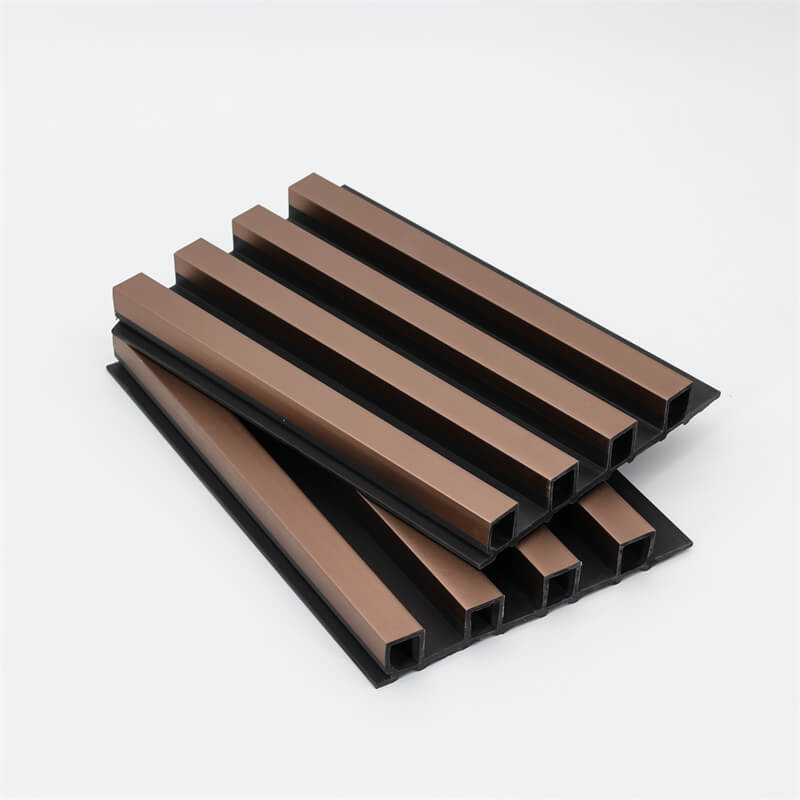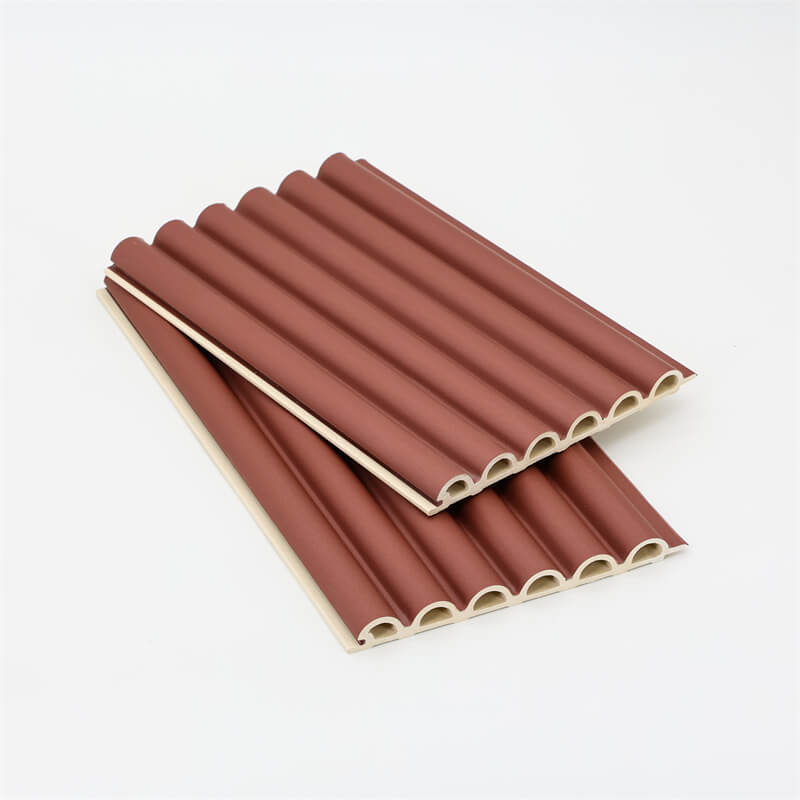
When it comes to enhancing the aesthetics of your space with WPC (Wood Plastic Composite) wall panels, selecting the right colors and textures is essential.
The color and texture of the panels can significantly impact the overall ambiance and style of a room or an exterior setting.
This essay aims to provide guidance and insights on choosing the perfect colors and textures for your WPC wall panels, considering various factors such as personal preference, interior/exterior design scheme, and the desired atmosphere.
I. Understanding the Impact of Colors:
Colors play a crucial role in setting the mood, creating visual interest, and expressing personal style.
When selecting colors for your WPC wall panels, consider the following aspects:
Harmony and Coherence: Choose colors that harmonize with the existing color palette of the space or the overall design scheme.
Harmonious colors create a sense of unity and balance.
Personal Style and Expression: Colors have the power to reflect personal taste and style.
Whether you prefer bold and vibrant hues or muted and neutral tones, select colors that resonate with your personality and create a space that feels authentic to you.
Psychological Impact: Colors have psychological effects on our emotions and moods.
For example, warm colors like red and orange can evoke energy and passion, while cool colors like blue and green can promote a sense of calmness and tranquility.
Consider the intended use of the space and the atmosphere you want to create when choosing colors.
II. Exploring Color Schemes and Combinations:
To create a visually appealing and cohesive look, consider different color schemes and combinations for your WPC wall panels:
Monochromatic: Selecting different shades and tones of a single color creates a sophisticated and harmonious aesthetic.
This approach works well in minimalist or contemporary settings.
Analogous: Choosing colors that are adjacent to each other on the color wheel creates a harmonious and pleasing effect.
This color scheme adds depth and visual interest without being overwhelming.
Complementary: Pairing colors that are opposite each other on the color wheel creates a vibrant and dynamic look.
This approach creates a strong visual contrast and can make a bold statement in the space.

III. Texture and Surface Finishes:
Beyond color, the texture and surface finishes of WPC wall panels also contribute to the overall visual impact.
Consider the following factors when selecting textures:
Wood Grain: WPC panels can be designed with a variety of wood grain textures, ranging from subtle to pronounced.
Wood grain textures add a natural and warm touch to the space, creating a cozy and inviting ambiance.
Smooth and Glossy: Smooth and glossy finishes provide a sleek and modern look.
These finishes are suitable for contemporary or minimalist designs, offering a clean and polished aesthetic.
Textured and Embossed: Textured or embossed finishes add depth and visual interest to the panels.
They can mimic the texture of natural materials like stone or brick, creating a visually striking feature wall.
IV. Considering the Space and Design Concept:
When selecting colors and textures for your WPC wall panels, it is crucial to consider the specific space and design concept.
Different areas of the house or building may require different approaches:
Interior Spaces: For interior applications, consider the function and atmosphere of the room.
Lighter colors can make a space feel larger and more open, while darker colors can create a cozy and intimate ambiance.
Take into account the existing furniture, flooring, and décor to ensure a cohesive and harmonious design.
Exterior Settings: When selecting colors and textures for exterior applications, consider the architectural style of the building and the surrounding environment.
Neutrals and earth tones often complement natural landscapes, while bold colors can add a contemporary or vibrant touch.

V. Considering Practical Considerations and Longevity:
While aesthetics are important, it’s essential to also consider practical considerations and the longevity of your chosen colors and textures:
Maintenance and Cleaning: Keep in mind that certain colors and textures may require more frequent cleaning and maintenance.
Lighter colors may show dirt and stains more easily, while textured surfaces may require extra attention to remove debris.
Consider your lifestyle and the level of maintenance you are willing to commit to when selecting colors and textures.
Long-Term Appeal: When choosing colors and textures, think about their long-term appeal.
Trends come and go, so opt for timeless options that will remain visually pleasing even as design preferences evolve.
This ensures that your WPC wall panels will continue to enhance your space for years to come.
Light and Space: Consider the lighting conditions of the space. Natural light and artificial lighting can influence how colors appear.
Test samples in the actual space to see how they interact with the available light. Additionally, consider the size of the space and how certain colors and textures can impact the perception of size.
Lighter colors and smooth textures can make a small space appear more open and spacious.
Choosing the right colors and textures for your WPC wall panels is a vital decision that can transform the look and feel of your space.
By understanding the impact of colors, exploring different color schemes and combinations, and considering texture and surface finishes, you can create a visually appealing and harmonious design.
Remember to consider the specific space and design concept, while also taking into account practical considerations and long-term appeal.
Ultimately, the goal is to select colors and textures that not only reflect your personal style but also create an atmosphere that suits the function and purpose of the space.
With careful consideration and an understanding of the impact of colors and textures, you can create a stunning and cohesive design using WPC wall panels that will bring your vision to life and transform your space into a beautiful and inviting environment.
